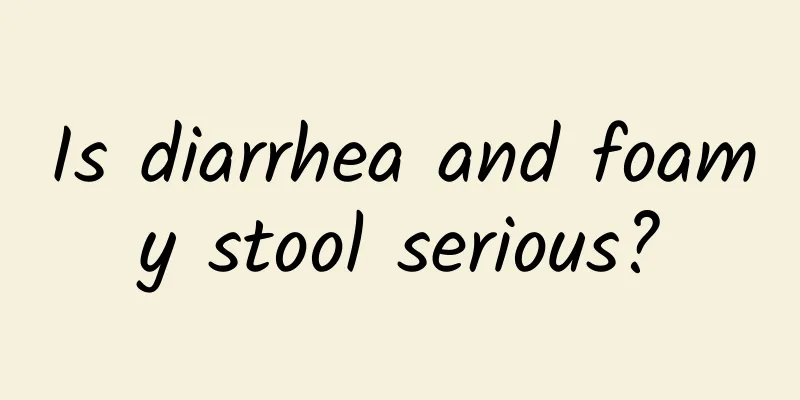Knee feels swollen and painful

|
So far, many people have reported knee pain, swelling, coldness or "cold wind" after reaching a certain age. When they were young, they often wore shorts and caught cold, and had no awareness of protecting their knees. After a certain age, they are likely to suffer from knee joint problems. Inability to climb stairs, pain when walking, stiffness, swelling in the morning, occasional joint deformities, and friction sounds when walking are all manifestations of knee joint disease. If you encounter this situation, you need to go to the hospital for treatment immediately. Many people think that this is what happens when you get older, but in fact it is a disease. An X-ray examination will reveal that it is caused by degeneration of articular cartilage. Bone hyperplasia, synovitis, meniscus injury and patellar softening are common clinical manifestations. However, since articular cartilage and meniscus are avascular tissues and lack blood supply, treatment is difficult. Which type of knee disease do you have? 1. Joint degeneration: There is a smooth, flexible and elastic protective layer on the joint surface, which is medically called "articular cartilage". As we age, articular cartilage wears out and becomes thinner, losing its former smoothness and elasticity, becoming sunken or even falling off in small pieces (prone to bone hyperplasia, cystic changes and free bone), which is medically known as "joint degeneration"; 2. Bone hyperplasia: After the articular cartilage degenerates, wears out and becomes thinner, and becomes sunken, the human body gradually grows bone spurs to maintain the stability of the joints. This is bone hyperplasia, commonly known as "bone spurs"; 3. Synovitis: "Synovitis" is a disease in which joints are traumatized or lesions in the joints stimulate the synovium, causing congestion and edema of the synovium, excessive secretion of synovial fluid, and reduced absorption, resulting in joint edema and pain. 4. Meniscus injury: The meniscus are two crescent-shaped gaskets located in the gaps on both sides of the knee joint cavity. When the joint rotates violently, they tear, which is called meniscus injury. ; 5. Patellar softening: It refers to a disease in which the surface cartilage of the patella (kneecap) degenerates, corrodes, breaks, softens and falls off due to repeated sprains or unreasonable movements. Joint pain and fatigue are its main manifestations. |
<<: Difference between vomiting blood and blood in stool
>>: What to do if you have a stuffy nose
Recommend
How long after giving birth did you stop bleeding?
Female friends cannot take it lightly after givin...
What to do if you want to vomit? Four methods to help you relieve discomfort
Sometimes, many people will inexplicably experien...
Is blood in stool caused by hemorrhoids serious? What effects will it have on the human body?
Hemorrhoids are a common anorectal disease, and p...
The consequence of having phlegm in the throat after vaccination
The emergence of vaccines has made a great contri...
Causes of intestinal obstruction
Intestinal obstruction is the inability to pass a...
Carrots for gout
Carrot is a common vegetable in our lives. It is ...
How to tell if you have liver palms
There is a saying that goes like this: Long illne...
Symptoms of body odor
We may meet some friends with body odor in our li...
Reasons for delayed delivery
When the due date arrives, but the baby is reluct...
What causes chest tightness and shortness of breath during pregnancy?
Pregnant mothers should not only pay attention to...
Is TCM effective in treating varicocele?
Varicocele is a common clinical problem. When man...
What to do if a rash appears after a high fever subsides
After a high fever, the child develops a rash, wh...
Is it serious if the baby's tongue is black?
The human tongue is mainly composed of a muscle, ...
Traditional Chinese medicine treats diabetic foot and introduces the most comprehensive prescription for you
There are many medical methods to treat diabetic ...
Stop staying up late and hurt your body
Nowadays, for many young people, night has become...









